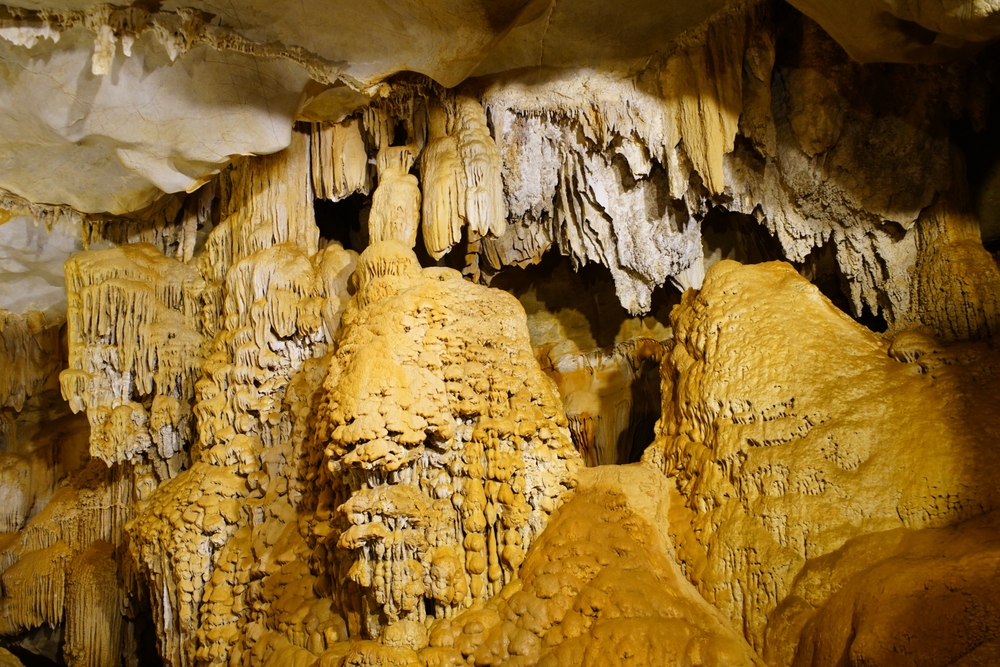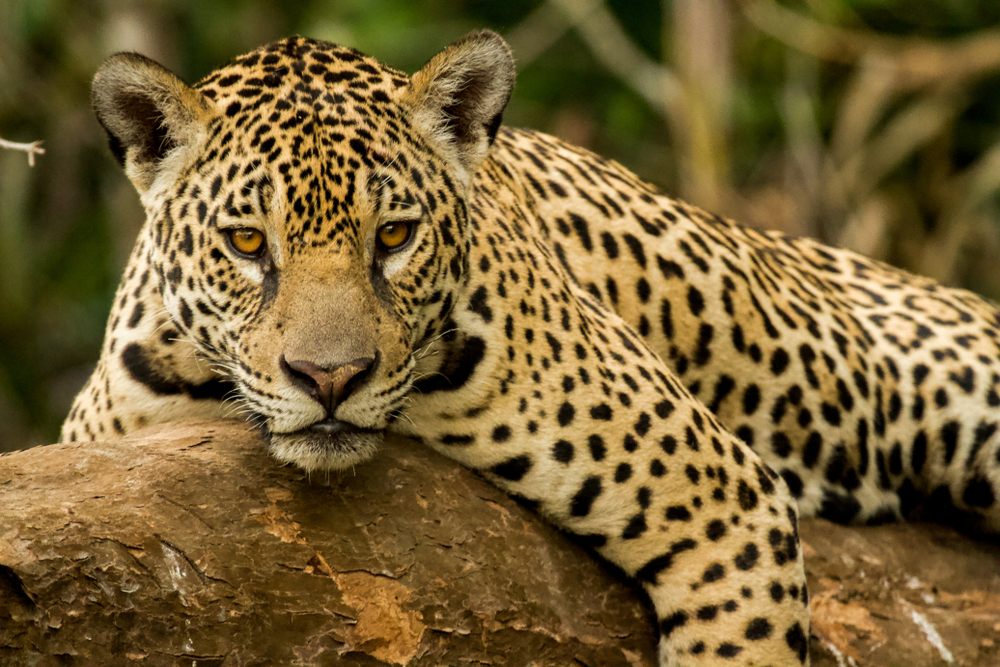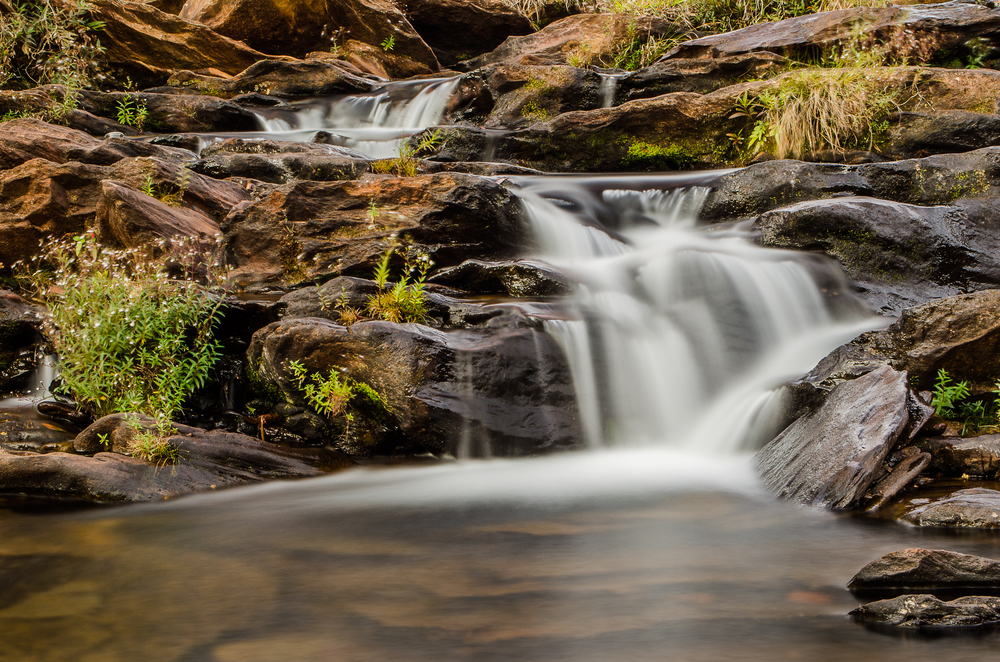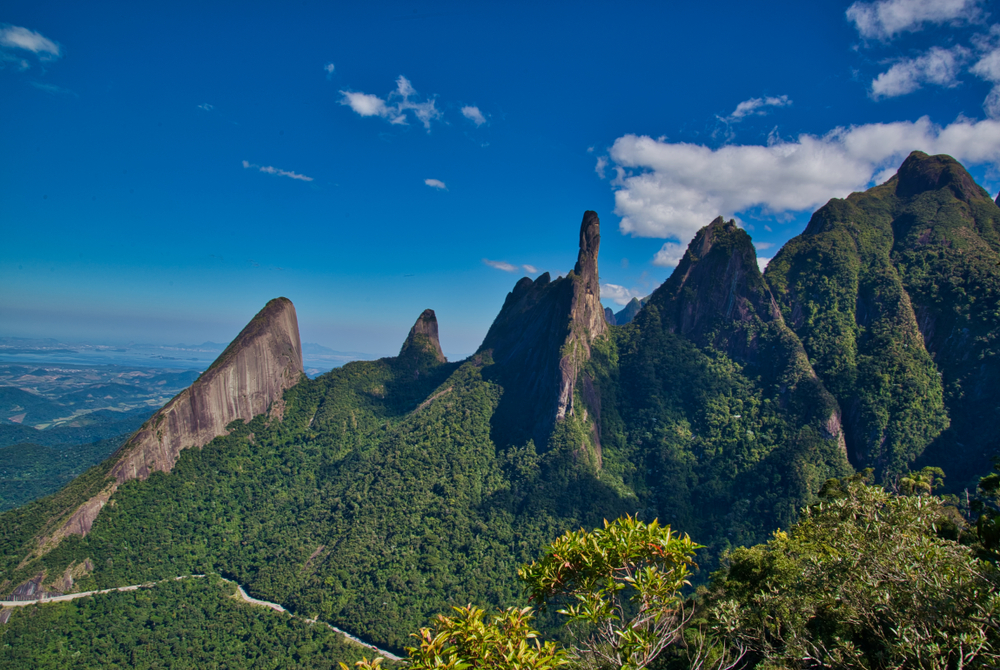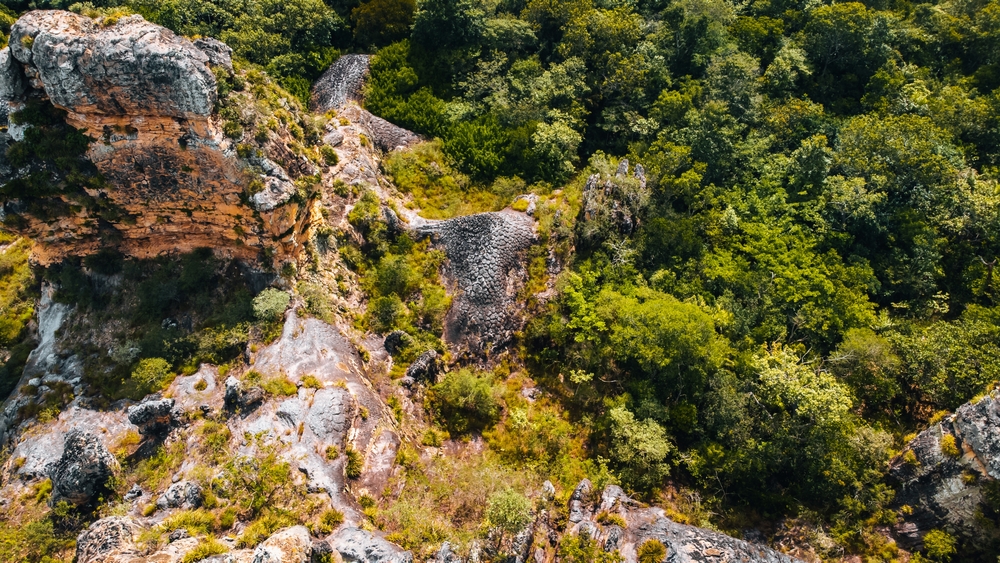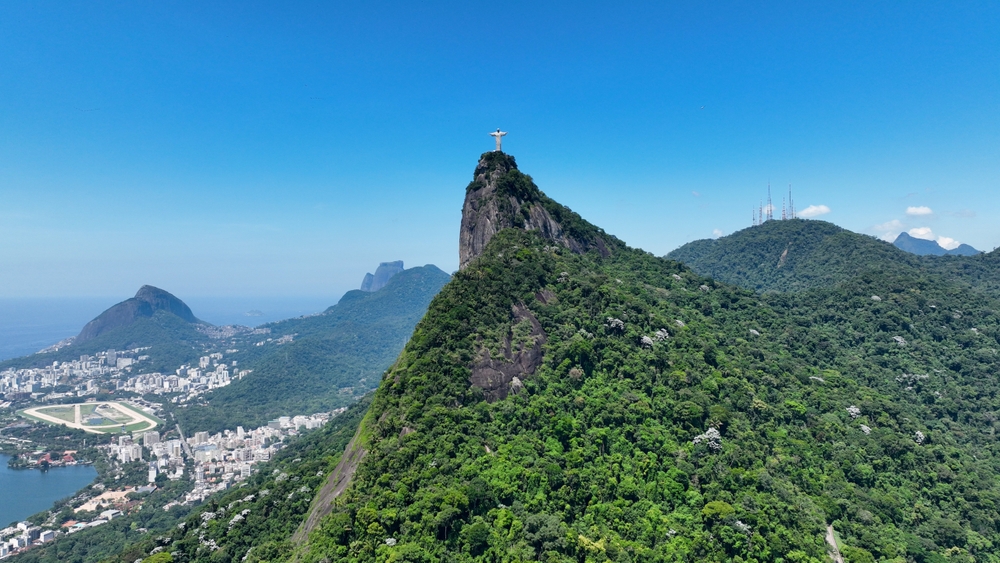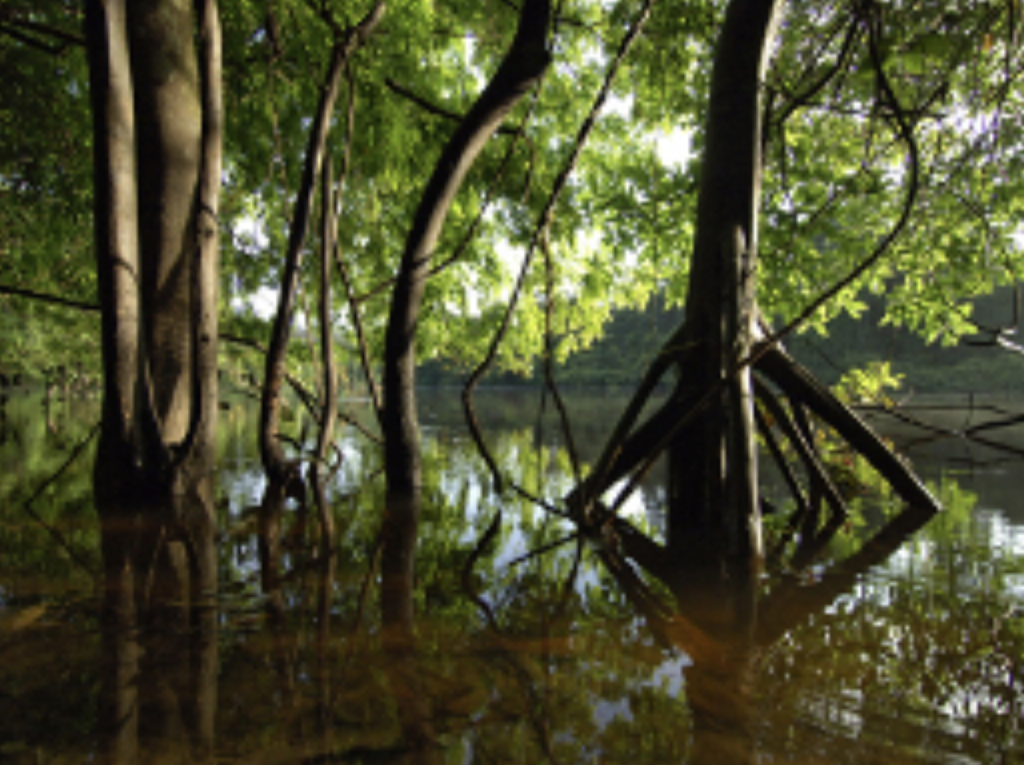Ubajara Overview
Ubajara National Park, known locally as Parque Nacional de Ubajara, is a protected area in the state of Ceará, Brazil. Covering approximately 23 square miles (59 square kilometers), the park is situated within the Serra de Ibiapaba, a mountain range that extends along the border of Ceará and Piauí.
This relatively small but ecologically rich park is known for its dramatic limestone cliffs, lush forests, and an extensive cave system, the most famous being Gruta de Ubajara. The park’s terrain varies from rugged rock formations and deep valleys to dense Atlantic Forest remnants, making it a unique ecological and geological site in northeastern Brazil. Waterfalls such as Cachoeira do Cafundó add to the scenic beauty, providing an enchanting contrast to the rocky terrain.
The biodiversity within Ubajara National Park is impressive despite its size. The mix of Atlantic Forest and Caatinga biomes results in a diverse range of flora and fauna. Tall trees, bromeliads, and orchids thrive in the humid forest areas, while drier regions support more drought-resistant vegetation.
The park is home to various mammals, including ocelots, tamanduas, and armadillos, while primates such as the black-tufted marmoset can also be spotted. Birdwatchers are drawn to the park for its vibrant avian population, which includes species like the king vulture, the channel-billed toucan, and the striking blue-winged macaw. Reptiles and amphibians, such as tree frogs and iguanas, also contribute to the region’s rich ecosystem.
One of the most popular attractions in Ubajara National Park is the Ubajara Cave, a spectacular limestone cavern featuring stalactites, stalagmites, and subterranean rock formations. Visitors traditionally reached the cave via a cable car descending from the park’s higher elevations, though the system has undergone periodic maintenance and closures.
The cave can also be accessed by a scenic hiking trail that winds through the forest and descends into the valley. In addition to cave exploration, the park offers a network of trails catering to various skill levels, including paths that lead to breathtaking viewpoints such as Mirante do Pendurado, which overlooks the vast expanse of green valleys and rugged cliffs. Swimming in natural pools and visiting waterfalls, such as Cachoeira do Frade, are other activities that attract visitors seeking relaxation in nature.
Conservation efforts in Ubajara National Park focus on preserving the fragile ecosystems that exist within this relatively small but diverse area. Challenges include illegal deforestation, poaching, and the impact of climate change, which threatens both the flora and fauna.
However, the Brazilian environmental agencies and local conservation groups have made significant strides in habitat restoration and wildlife monitoring. Sustainable tourism initiatives have been promoted to balance ecological protection with visitor engagement, ensuring that the park’s natural beauty and biodiversity are maintained for future generations.








































































